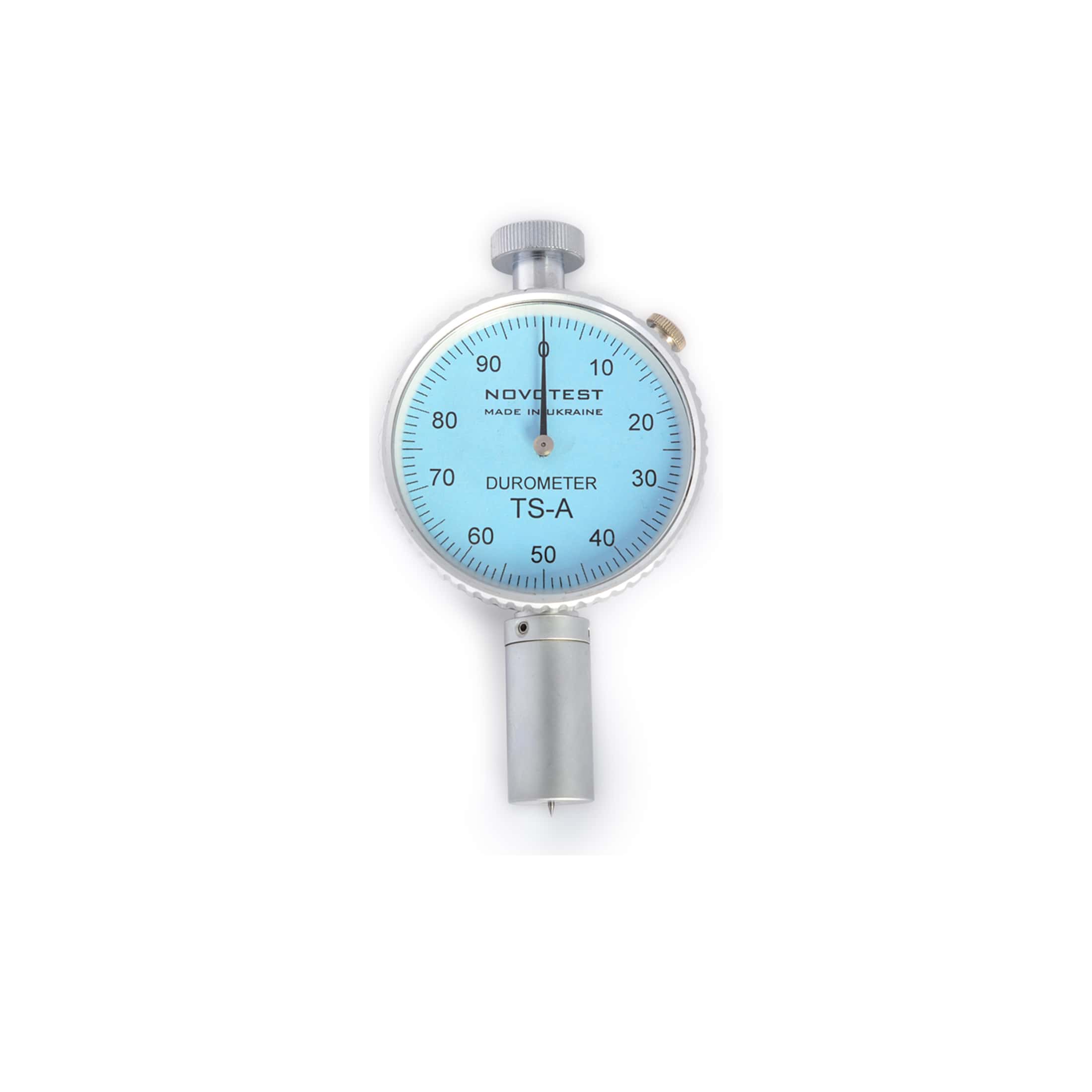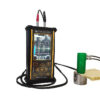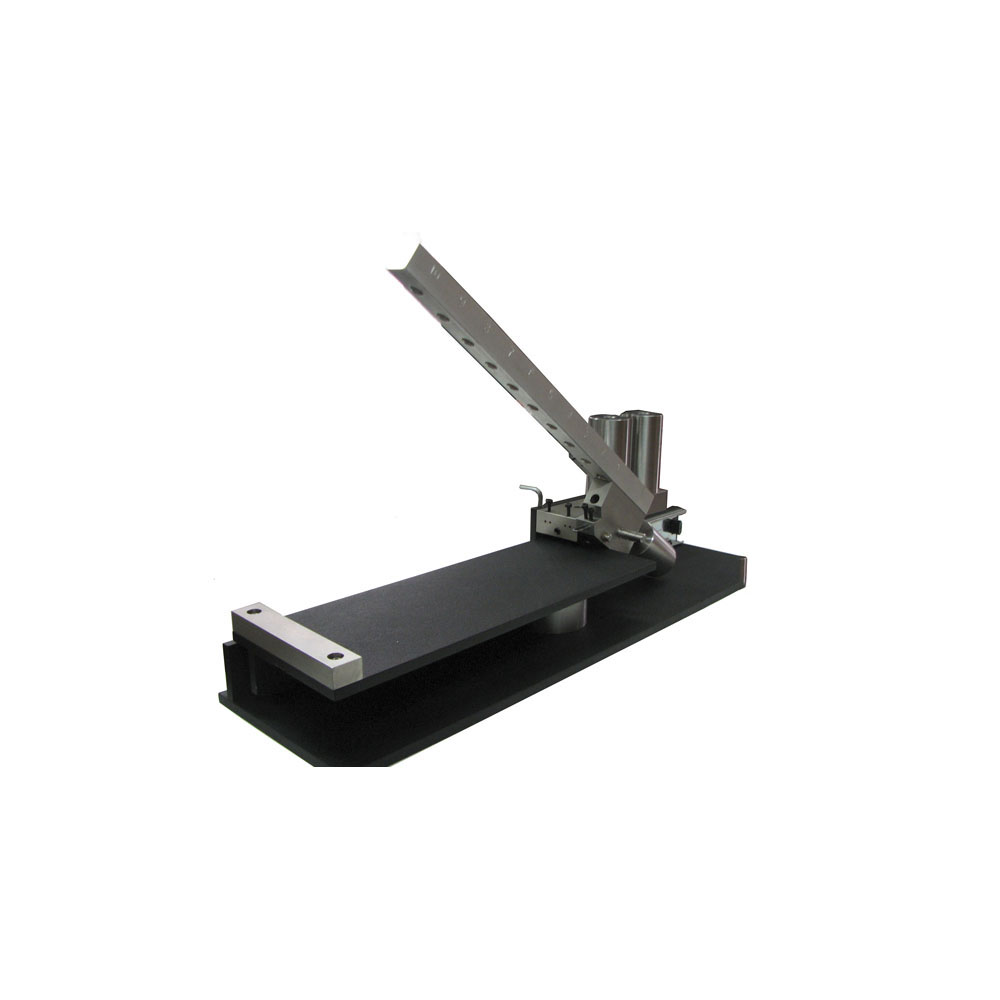Hardness Tester, a critical instrument used in materials testing to assess the hardness of various materials. Hardness testing is essential for evaluating a material’s resistance to indentation or deformation, providing valuable information about its mechanical properties. Here are the key features of our Hardness Tester:
Novotest
Hardness Tester
Key Features:
- Indentation Method: The Hardness Tester employs different methods to create an indentation on the material’s surface. Common methods include Brinell, Vickers, Rockwell, and Knoop hardness testing.
- Test Load Application: The tester applies a controlled test load to the indenter, which then creates an impression on the material’s surface. The applied load can vary based on the testing method and the material being evaluated.
- Indentation Measurement: The depth or size of the indentation is measured, providing a quantitative value of the material’s hardness. Different testing methods may use optical or electronic systems for accurate measurement.
- Testing Scales: Hardness testers often offer multiple testing scales or methods to accommodate a wide range of materials with varying hardness levels. Common scales include HRC, HRB, HRA, HV, and HB.
- Automatic and Manual Operation: Some hardness testers offer both automatic and manual operation modes. Automatic testers are equipped with advanced features for increased efficiency and consistency in testing.
- User-Friendly Controls: The hardness tester features user-friendly controls for setting parameters, adjusting settings, and initiating tests. The interface may include a digital display for easy reading of results.
- Conversion Tables: As different hardness testing methods provide results in different scales, hardness testers often include conversion tables to translate values between scales.
- Portable Options: Portable hardness testers are available for on-site testing, allowing for flexibility and convenience in various industrial settings.
- Data Recording: Advanced models may feature data recording capabilities, allowing users to store and analyze hardness test results. This is beneficial for quality control and documentation purposes.
- Calibration: The hardness tester is designed to be periodically calibrated to ensure accuracy and reliability in hardness measurements.
- Safety Features: Safety considerations are integrated into the design, including features such as automatic load application and safety guards to prevent accidents during testing.
- Compliance with Standards: Our Hardness Tester is manufactured to comply with relevant industry standards and testing protocols, such as ASTM (American Society for Testing and Materials) or ISO (International Organization for Standardization) standards for hardness testing.









